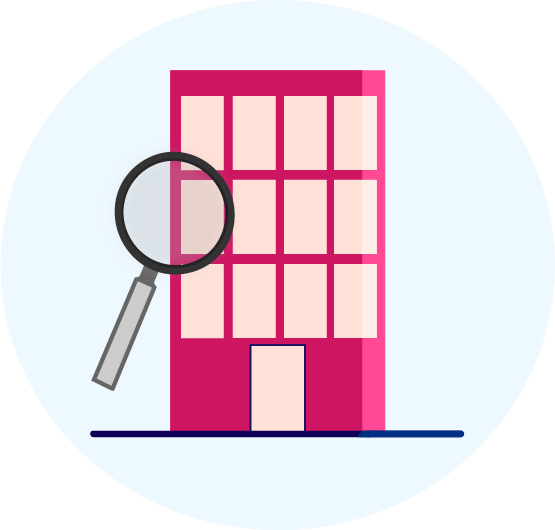If you haven’t already heard of the trending term IOT (Internet of Things) we’ll give you a basic definition. It is a connection of an object to the Internet. Meaning an object will record and monitor your personal movements, record your data and analyse the data in order to produce technology solutions.
The most obvious piece of IOT you would have on you this very moment is your smartphone. The data recorded can range from your location, what applications you use, purchases made and even your most dialled contact. All of this data is used to create a profile of your habits, which allows for more precise interactions with surrounding technologies. In the next 4 years Australian’s are expected to spend around $4.7 billion on upcoming IOT innovations, here are some IOT examples that are entering into the market.
Low Powered IOT Solutions
There has been a huge demand for innovative low-powered solutions within the utilities sector in rural Australia. Around 83% of the Australian population live within 50km of the coast, so monitoring rural inland areas can not always be feasible. Electricity companies have begun installing low-powered cameras on power lines in order to monitor power supplies and infrastructure. Low-powered cameras are setup to capture images and relay them back to a database, where the photos are analysed and used to predict any present or upcoming faults on the lines without having to send workers to these remote locations. This is both saving company costs and also creating a safer system in terms of alerting the general public on possible outages, blown transformers, fires created from sparks or the degradation and fallen of power poles.
Sensor powered IOT devices
The use of sensors in IOT devices allows for greater predictability to be input into our lives. The driverless car is a prime example of sensors being used in order to create safer technologies . The technology works by sending the GPS location to satellites, which then sends a message back informing the car of the speed of the area, traffic congestion and the directions on where to travel. The sensors, which are built into the car, are able to measure distance and speed of surrounding objects in real-time. This allows for the vehicle to predict future accidents from occurring.
Globally by 2020, Health care and IOT will be a $117 billion industry. Currently sensor IOT technology allows for doctors to monitor patients health, any time, from any place home. This technology is incredibly beneficial for chronic illnesses sufferers who previously have been confined to hospital wards. Now patients are able to leave their hospital and still be monitored via their IOT device. As the IOT device is sending the patients vitals back to the doctor, as soon as their are any changes in the patients health an alert is immediately sent.
Lifestyle of the Future
IOT is making our home lives more productive, ergonomic and allowing us to manage our time more efficiently. Our houses are now being turned into smart homes, creating more savings on energy, water and gas by monitoring our usage and habits. Household white goods now have a mind of their own. Smart fridges can scan it's content and if you are out of any goods it will send a shopping list to your smart phone. Also imagine waking up in the morning to a freshly made pot of coffee triggered by your mobile phone alarm. Or you arrive home on a cold winter's evening to a heated household, all due to your vehicles GPS being synchronised to your smart house's central heating controls. These technologies may sound like science fiction but within a year or 2 these features will be a part of Australian households.






